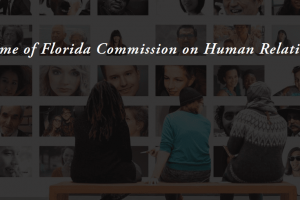As government officials look to implement business reopening measures, employers are bringing employees back to their physical worksite. Although Florida has officially remained open, many employers have prudently worked from home. Further, employers that also operate in more restrictive states have chosen to maintain uniform policies and practices company-wide. As such, Floridians are still impacted as other state and local work-from-home orders expire, and other COVID-19 business restrictions loosen or fully come to an end. What must employers keep in mind when re-establishing their physical work locations?
Check on any renewed obligations to OSHA. Face coverings and frequent handwashing are still fashionable this season, even to the extent they are now officially legally required.
Review policies for vacation, telecommuting, and employee benefits.
- Leave policies should be amenable and non-punitive, and allow infected employees to stay home and away from co-workers. Leave policies should also consider employees who need to stay home with their children if there are schools or childcare closures, or to care for ill family members.
- When feasible, use flexible worksites (e.g., telecommuting) and flexible work hours (e.g., staggered shifts) to help establish policies and practices for social distancing (maintaining distance of approximately 6 feet or 2 meters) between employees and others, especially if social distancing is recommended by state and local health authorities.
Review leave policies with all employees and provide information about available employee assistance services. Share information on measures they can take to protect themselves at work and at home.
Recognize essential employees and business functions, and other critical information such as raw materials, suppliers, subcontractor services/products, and logistics needed to sustain business operations. Search for ways to continue business operations if there are interruptions.
Develop business continuity plans for significant absenteeism, supply chain interruptions, or modifications in the way you need to conduct business.
Build an emergency communications plan. Identify key contacts (with back-ups), a chain of communications (including suppliers and customers), and methods for tracking and communicating about business and employee status.
Distribute your response plans to employees and clearly communicate expectations. It is necessary to let employees know plans and expectations if COVID-19 occurs in communities where you have a worksite.
And remember, we are all in this together.









